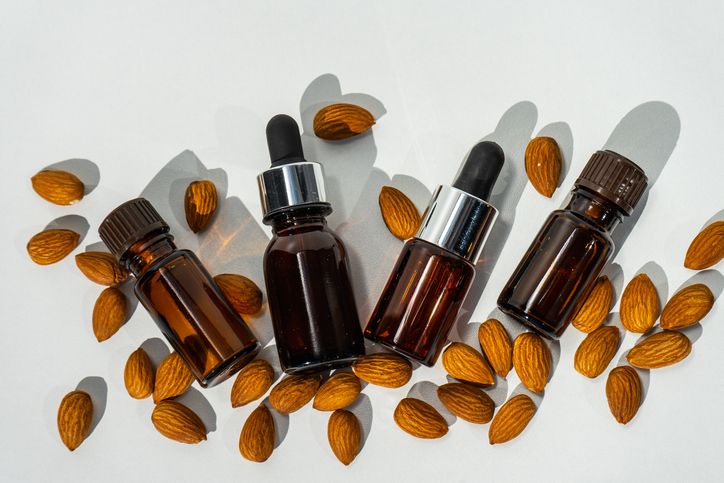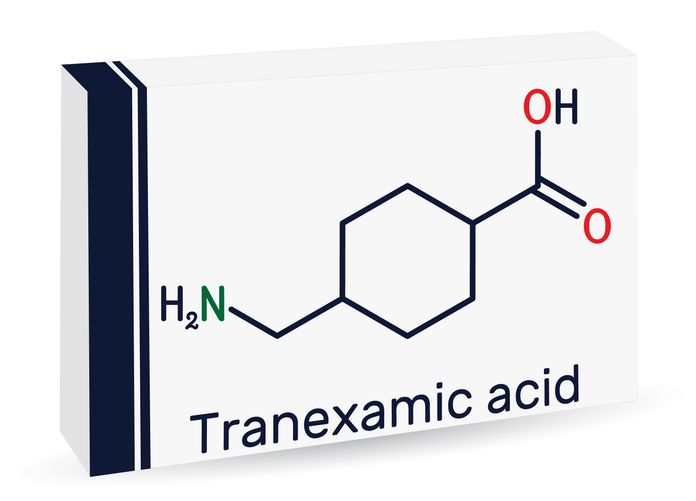- Home
- Trend
- Weight Loss Strategies
- Acne Tips
- Hair Health Information
- Blemish Removal Tips
- Acne Scar Removal Tips
- Muscle Building Techniques
- Intimate Care Tips
- Postpartum Intimate Care
- Eye Bags Wiki
- Tips for Face Slimming
- Secret of Permanent Hair Removal
- Breast Enlargement Tips
- Cure to Snoring
- Marionette Lines
- Skin-Tightening Secrets

免費體驗
Fotona Vaginal Tightening Machine
1 Minute Self-Registration
Date should not be before minimal date
Are you looking for ways to tighten your vagina without the risks and recovery time associated with surgery? You're not alone. Many women seek non-surgical methods to improve vaginal tightness and overall vaginal health. Fortunately, there are effective and lesser-known techniques that can help you achieve your goals naturally. Let's explore some of the best non-surgical ways to strengthen your vaginal muscles.
1
Is “Loose Vagina” a Thing?

2
Does Tight = Good?

- Vaginal Darkening: What’s Normal, What’s Not?
- Pelvic Floor Muscles Feeling Weak? Urinary Leaks Making Life Awkward? Just 3 Minutes a Day To Tone Your Pelvic Floor!
- Why Does Vaginal Laxity Happen? Are Vaginal Tightening Surgeries Effective? Discover 3 Ways to Improve Vaginal Firmness!
- Reality Of Frequent Urination: The Hows And Whys
3
Causes of Vaginal Laxity
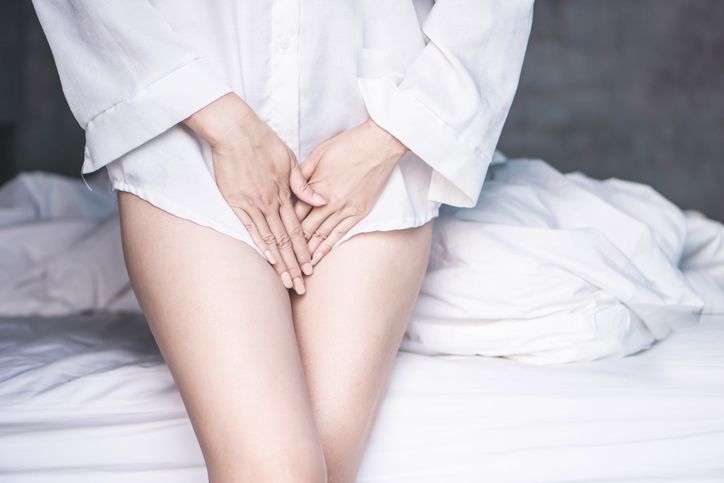
Age and Menopause
Vaginal Childbirth
Hormonal Changes
Restrictive Dieting
Sedentary Lifestyle
4
Signs of Vaginal Laxity

Reduced sensation during intercourse
Difficulty retaining tampons
Feeling of heaviness or bulging in the vaginal area
Urinary incontinence
Pelvic organ prolapse
Uncomfortable or painful sexual intercourse

免費體驗
Fotona Vaginal Tightening Machine
1 Minute Self-Registration
Date should not be before minimal date
5
Benefits of Strengthening Vaginal Muscles
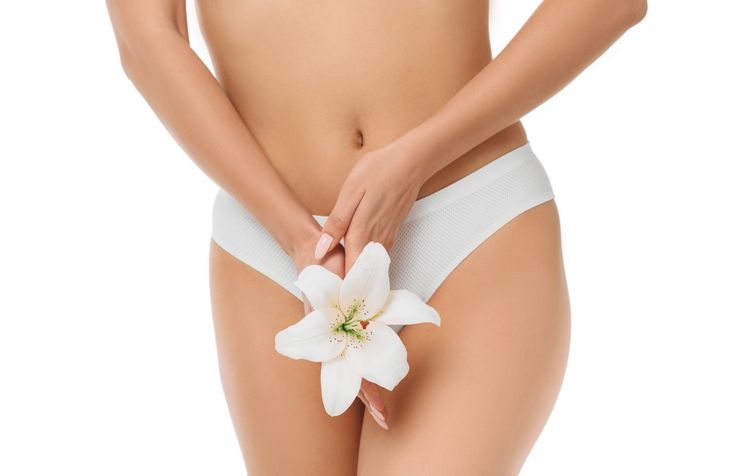
Improved Bladder Control
Enhanced Sexual Satisfaction
Reduced Risk of Prolapse
Faster Postpartum Recovery
6
Surgical Vaginal Tightening: Vaginoplasty

How It's Done
Who Undergoes It
Pros and Cons
Risks and Recovery
- What is Incontinence? 13 At-Home Tips + 11 Treatments to Manage Incontinence for Women
- Kegel Exercises And Pelvic Health: How Important Are They?
- Pelvic Floor Muscles Feeling Weak? Urinary Leaks Making Life Awkward? Just 3 Minutes a Day To Tone Your Pelvic Floor!
- What Causes Pelvic Organ Prolapse? Are You At Risk? 7 Symptoms All Women Should Beware of
7
6 Ways to Strengthen Vaginal Muscles
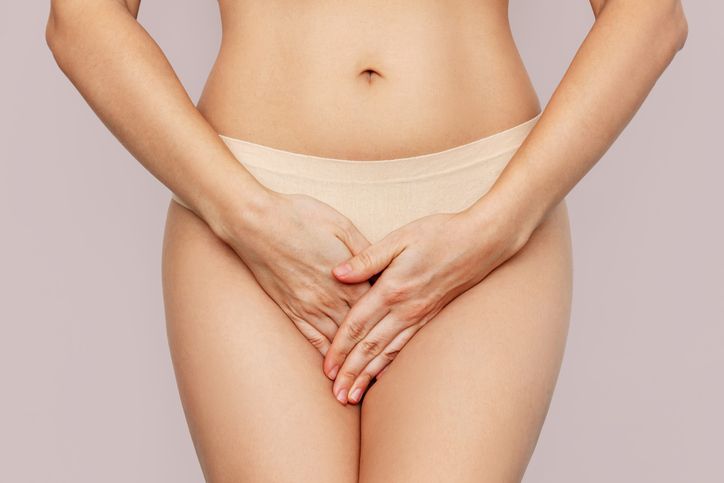
Kegel Exercises
Vaginal Cones
Pelvic Tilt Exercises
Laser Vaginal Tightening
Pelvic Compression Wear
Electrical Stimulation Devices/Probes
8
Safe, Comfortable, Non-Invasive, Long-Lasting: Fotona Vaginal Tightening Machine
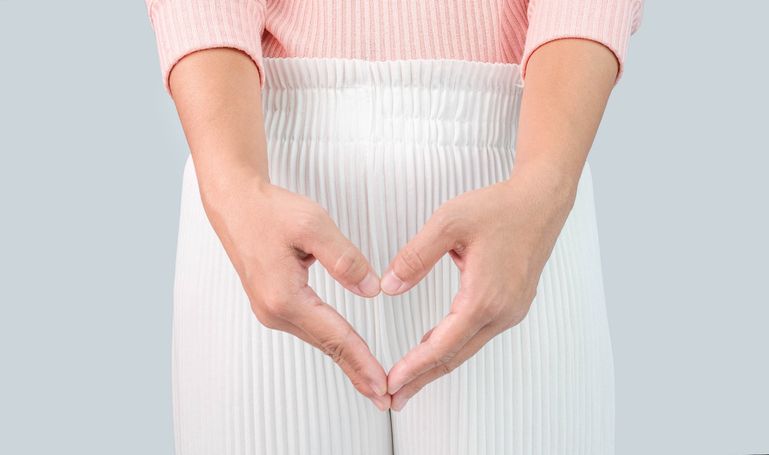

免費體驗
Fotona Vaginal Tightening Machine
1 Minute Self-Registration
Date should not be before minimal date
FAQ

What are the risks of surgical vaginal tightening (vaginoplasty)?
Vaginoplasty, while effective for some, carries risks such as bleeding, infection, scarring, and loss of sensation. It’s also expensive and requires a significant recovery period. Results may not be permanent, and improvements in sexual function aren’t guaranteed. Always consult with a specialist before considering surgery.
How do vaginal cones work for tightening the vagina?
Vaginal cones are weighted devices inserted into the vagina to strengthen pelvic floor muscles. By holding the cones in place, you engage and train these muscles, gradually increasing the weight as you get stronger. This method can effectively improve muscle tone and vaginal tightness.
What are Kegel exercises and how do they help in tightening the vagina?
Kegel exercises involve contracting and relaxing the pelvic floor muscles to strengthen them. By regularly performing Kegels, you can enhance vaginal muscle tone, improve bladder control, and increase sexual pleasure. These exercises are simple, can be done anywhere, and require no special equipment.
How long does it take to see results from Kegel exercises?
Results from Kegel exercises can vary, but many women notice improvements in muscle tone and bladder control within a few weeks to a few months of consistent practice. The key is to perform the exercises regularly and correctly for optimal benefits.
How is Perfect Medical's the Fotona Vaginal Tightening Machine the best vaginal strengthening treatment out there?
The Fotona Vaginal Tightening Machine uses laser technology to stimulate collagen production and improve vaginal elasticity. It's non-invasive, requires no downtime, and delivers noticeable results in just a few sessions. By enhancing tissue tone and tightness, it’s considered one of the best options for vaginal strengthening treatments.






